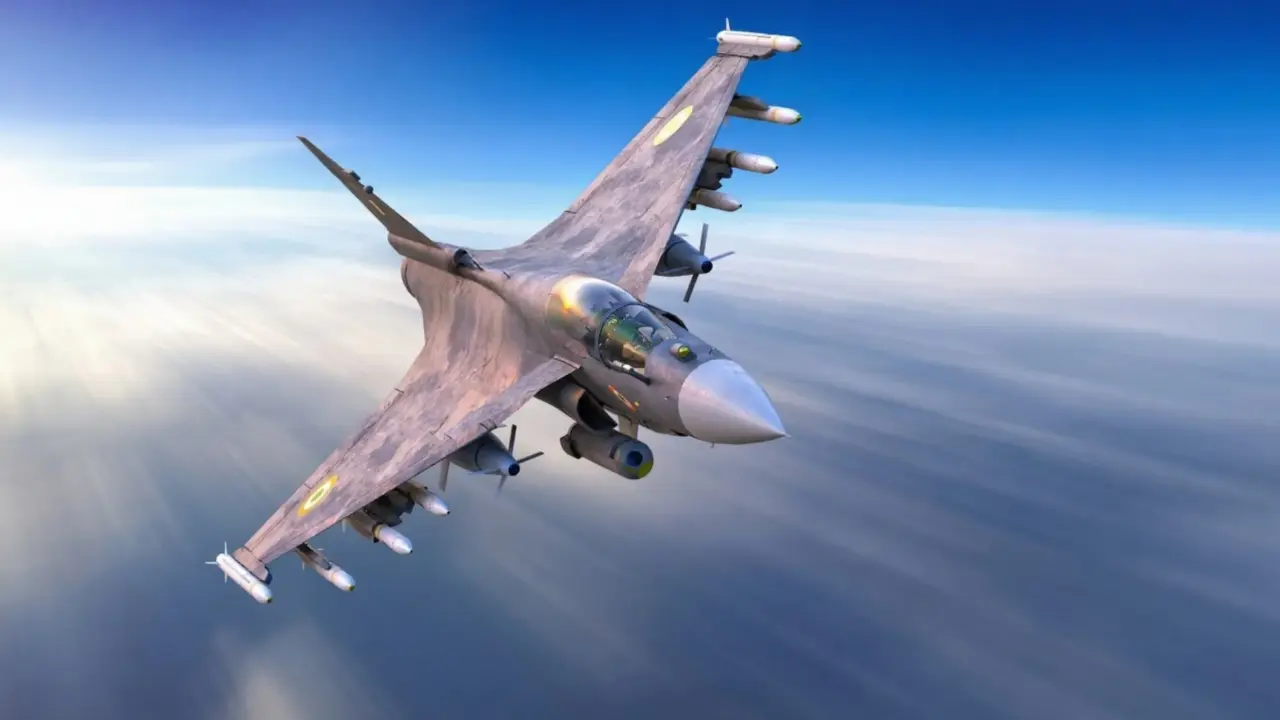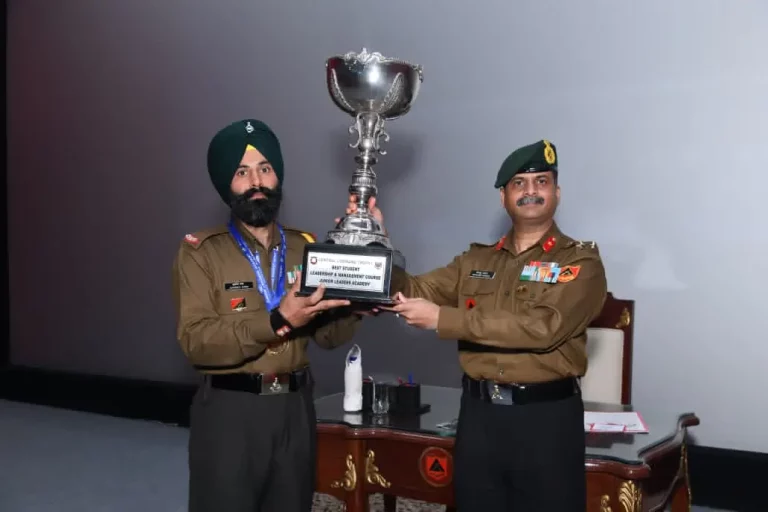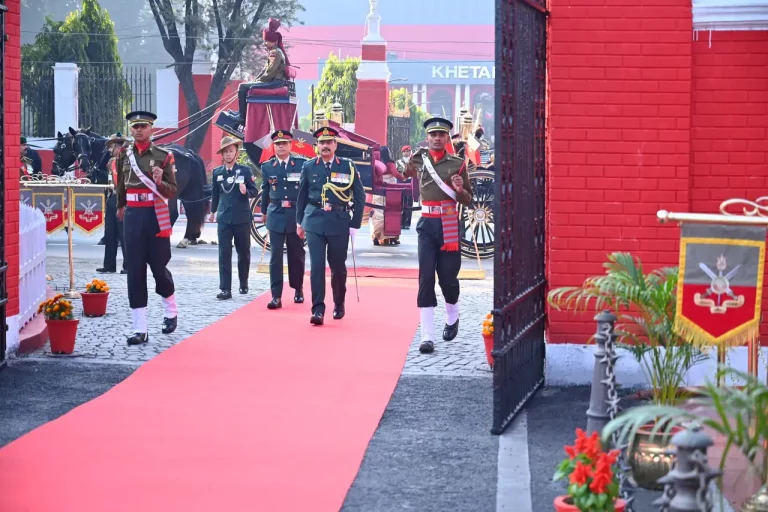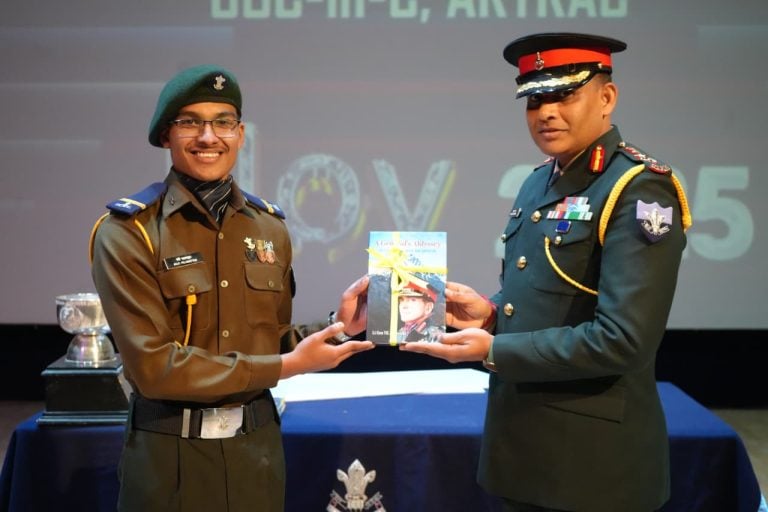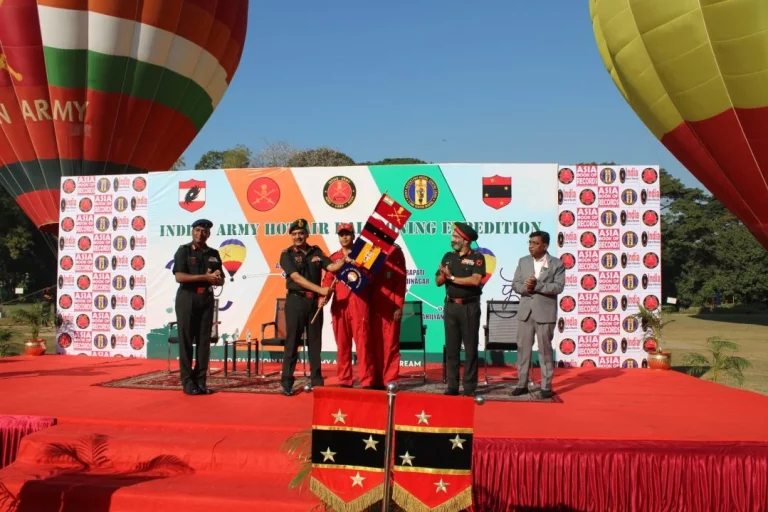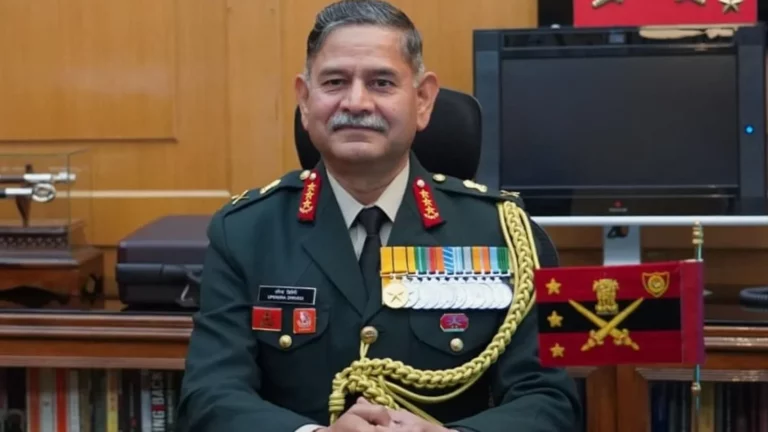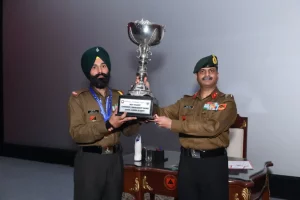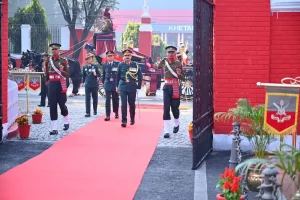The TEJAS MK-2, India’s eagerly awaited Medium Weight Fighter, is set to highlight the country’s advancements in aerospace engineering. This aircraft, being developed by Hindustan Aeronautics Limited (HAL) in collaboration with the Defence Research and Development Organisation (DRDO) and the Aeronautical Development Agency (ADA), is anticipated to replace the Indian Air Force’s ageing fleet, including the Mirage 2000, Jaguar, and MiG-29.
The prototype is slated for rollout by the end of 2025, with formal induction scheduled for 2029. One of the key objectives of the TEJAS MK-2 program is to achieve over 90% indigenous content in subsequent production phases, thereby reducing reliance on foreign technologies. The integration of homegrown solutions is aimed at bolstering combat capability and operational flexibility.
Several key technologies that mark this aircraft as a product of India’s indigenous innovation have been identified:
-
Uttam AESA Radar: Crafted by the DRDO’s Electronics and Radar Development Establishment, this radar system offers advanced multi-target tracking capabilities, electronic warfare support, and beyond-visual-range (BVR) engagement functionality. Currently undergoing flight trials, it signifies a significant stride towards achieving radar self-reliance.
-
Indigenous Mission Computer: This component, a collaborative effort by HAL and DRDO, incorporates an open-architecture design that facilitates the integration of navigation, weapon control, and sensor fusion. Notably, it supports software upgrades independently of foreign systems.
-
Electronic Warfare Suite: Designed by DRDO’s Defence Avionics Research Establishment, this electronic warfare suite enhances the aircraft’s survivability by providing robust radar warning capabilities, jamming, and countermeasures.
-
Fly-by-Wire Flight Control System: The MK-2 will be equipped with a quadruplex fly-by-wire control system, developed in India. This system enhances the aircraft’s manoeuvrability, particularly at high angles of attack, and ensures flight safety through redundant control measures.
-
Cockpit Display Systems: HAL and Bharat Electronics Limited (BEL) have developed advanced multifunction cockpit displays. This modern glass cockpit design significantly enhances pilot situational awareness and accommodates helmet-mounted display systems.
- Indigenous Weapons Integration: The TEJAS MK-2 will be capable of carrying a range of Indian-made munitions, including Astra BVR missiles, Smart Anti-Airfield Weapon (SAAW), and laser-guided bombs. This focus on indigenous weaponry ensures a complete homegrown offensive capability.
One of the critical components of the TEJAS MK-2 is the powerful GE F414 engine that will be used in its early production runs. Future plans include the adoption of an Indian variant of the Kaveri engine. The TEJAS MK-2 represents a significant progression in India’s quest for defence self-sufficiency, showcasing its capability to independently design, produce, and operationalize sophisticated combat aircraft systems.
